Green Jack
The Green Jack, or Horse Jack, is a species of fish in the Carangidae, or jack, family. Other members of Carangidae include the other jack species, pompano, lookdown, trevally, and more.
This common species lives in the eastern Pacific Ocean and features in recreational and commercial fishing. Read on to learn about the Green Jack.
Description of the Green Jack
This species has a silver-grey colored body with subtle stripes of lighter coloration along its flanks. The thin stripes run vertically from the top to the bottom of the fish. Adults reach sizes of up to 1.8 ft. long and 6 lbs. The average individual measures about 15 in. long.
Interesting Facts About the Green Jack
These fish have a number of interesting traits and adaptations. Learn more about what makes them unique, below.
- What’s in a Name? – People call this species by the name “Green Jack” because individuals often have a greenish tint to their scales. However, that isn’t the only nickname for this species.
- What Else is in a Name? – The term “Horse Jack” doesn’t come from this fish’s appearance. Instead, it refers to the scientific name Caranx caballus. In Latin, the term “caballus” translates to “horse.”
- Fish Food – People commonly catch this species in recreational and commercial fisheries. However, due to the poor quality of its meat, people more frequently utilize the fish as a source of bait for other species.
Habitat of the Green Jack
You can find this species living in several different types of habitats. They utilize reefs, estuaries, bays, lagoons, and more. Some live in pelagic habitats in open water, while others forage along the seafloor in search of food. They range as far as 300 ft. below the surface.
Distribution of the Green Jack
This species of Jack Fish lives in the Pacific Ocean. It ranges primarily in the eastern Pacific, but you can also find it along the coast of Hawaii and the Galapagos Islands as well.
Primarily, this species lives from the coast of California south throughout Mexico and Central America into South America. The southernmost extent of its range is the coast of Peru.
Diet of the Green Jack
This fish has carnivorous feeding habits, which means it preys on other animals. It has a primarily piscivorous diet because it eats fish and other similar seafood. Adults feed primarily on small fish, crustaceans, squid, and more. Juveniles feed on smaller prey, including plankton, fish larvae, and more.
Green Jack and Human Interaction
Humans interact with this species quite frequently. Fishermen often target this fish in both commercial and recreational settings. However, people generally do not eat its flesh, but use it as bait. Despite fishing pressure, the species has strong population numbers.
The IUCN lists this species as Least Concern.
Domestication
Humans have not domesticated this fish in any way.
Does the Green Jack Make a Good Pet
No, people do not generally keep these fish as pets.
Green Jack Care
Commercial aquariums sometimes keep this fish in their collections. They house them in groups known as schools, often in large pelagic-style tanks with lots of space to swim.
Within these tanks, they often coexist with other fish species of similar size. This leads to a mixed-species exhibit showing what a typical ecosystem looks like. Aquarists feed them a diet of fish, shrimp, squid, and more.
Behavior of the Green Jack
This fish has highly social behavior, and lives in groups known as schools. They school in moderately large numbers. Schools of juvenile fish often utilize sheltered bays or estuaries to feed and hide from predators. Adults move into coastal waters, such as reefs, to forage and reproduce.
Reproduction of the Green Jack
This fish breeds via spawning. When it comes time to spawn, the females release their eggs into the water and the males fertilize the eggs outside of the body. After fertilization, both parents show no investment in their offspring in any way.
The pelagic eggs float in the open ocean until they hatch, as do the larval young. As they reach their juvenile phase, the young move to estuaries and other sheltered habitats.



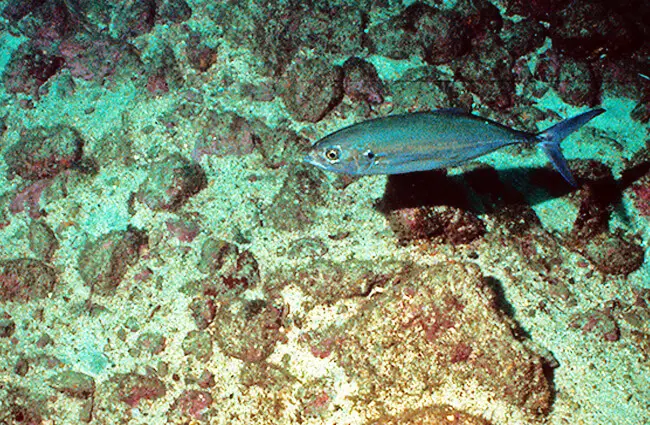
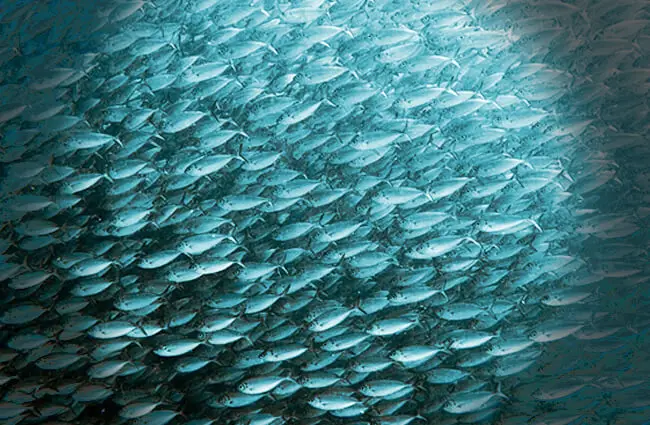
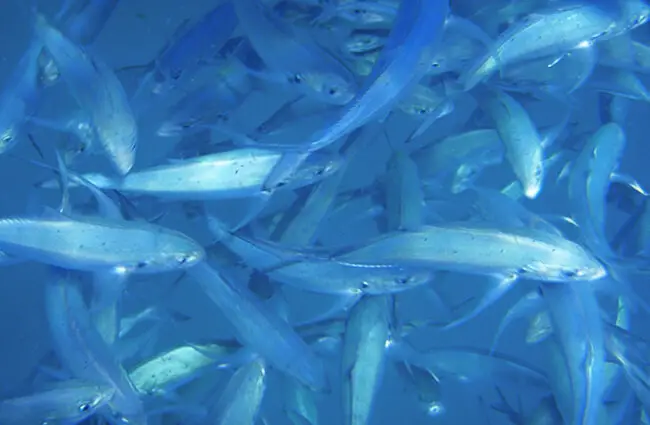
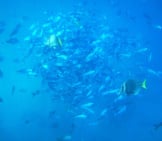
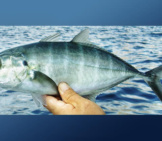
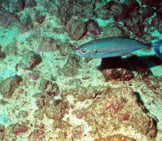
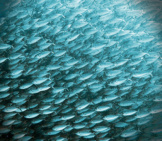
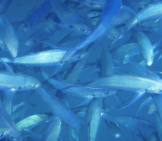
![Red Angus Closeup of a beautiful Red Angus cowPhoto by: U.S. Department of Agriculture [pubic domain]https://creativecommons.org/licenses/by/2.0/](https://animals.net/wp-content/uploads/2020/03/Red-Angus-4-238x178.jpg)












![Red Angus Closeup of a beautiful Red Angus cowPhoto by: U.S. Department of Agriculture [pubic domain]https://creativecommons.org/licenses/by/2.0/](https://animals.net/wp-content/uploads/2020/03/Red-Angus-4-100x75.jpg)

